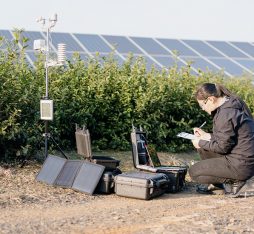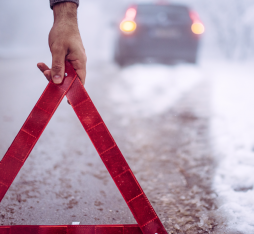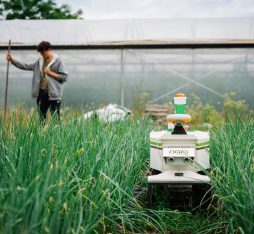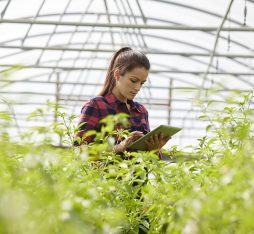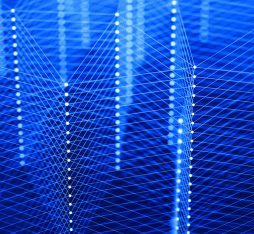In 2050, the Earth will have reached the threshold of ten billion people, a third more than today. Ten billion mouths to feed. Still, in 2050, the United Nations Food and Agriculture Organisation forecasts a production increase of 70% of global food produced in relation to 2006 so as to provide for everybody’s needs. Currently, however, this same organisation observes the annual loss of a billion dollars of agricultural production worldwide after harvest. Worse, industrialised countries blame a loss of 10% of their crops of seeds and cereals each year. A real mess.
“Produce better while respecting the environment”
Fortunately, there is “Smart Agriculture” of which “The goal is not necessarily to produce more but to produce better, while respecting the environment,” explains Andrea Vitaletti, Professor in Computer Engineering from the University of La Sapienza, Rome (see video below).
This Italian researcher knows what he is talking about: over these last few years, he developed PLEASED (PLants Employed As SEnsing Devices), a project aimed at gathering data through an electrical signal via Arduino circuits connected to the plants. “It was particularly found that the plants had communication capabilities. So it is possible – not necessarily viable but possible – that plants can communicate through connected objects in the future,” he expands. Still with the same idea of environmental apprehension and biotope in order to allow better use in the coming years. “The possibility of measuring a phenomenon is always the first step towards better understanding it,” recalls Andrea Vitaletti.
8% water saved through “Smart Agriculture”
How does smart agriculture, sometimes called the Internet of crops (“the Internet of cultures”) or Precision Farming, work exactly? Using various connected objects or sensors, it is now possible to gather a large amount of data to adapt the agricultural method for better performance, avoiding all kinds of waste.
“Currently, one of the crucial questions of agriculture is “how to manage water more efficiently”, continues the Italian scientist. If you are on a hill, the top requires more water than the bottom, and the distribution is uneven. Precision farming provides the right amount of water, nutrients or chemicals to the agricultural aspect in the right place at the right time. For this, we have a dedicated connected machine capable of measuring the parameters necessary for proper irrigation. “According to a study by the OnFarm Society, American farmers who have adopted the precision farming have reduced their use of water by 8%.
Drones and unmanned tractors
“We also have drones or satellite images that allow you to perform the spectral analysis of the fields in order to penetrate these in depth while remaining on the surface, know what field needs more care than another” adds Andrea Vitaletti, speaking about the Internet of crops as a “benefit for agriculture”.
Another possibility for farmers? That of managing their inventory, equipment or their livestock directly from a smartphone or tablet. As for the driverless tractor, manufacturer John Deere is currently working on it. A windfall which would allow farmers to maximise their hard work while reducing its arduous nature. The United States always, where adaptation to smart agriculture is much more advanced than elsewhere, grain production is doubled through the use of connected objects (7.3 tonnes per hectare compared with 3.8 worldwide).
Finally, OnFarm considers that 75 million connected devices will be installed in the global agriculture industry by 2020 and will exceed a million data points collected every day from 2025. Until then, let’s hope that the eight billion people will have learned not to waste thanks to smart agriculture.




